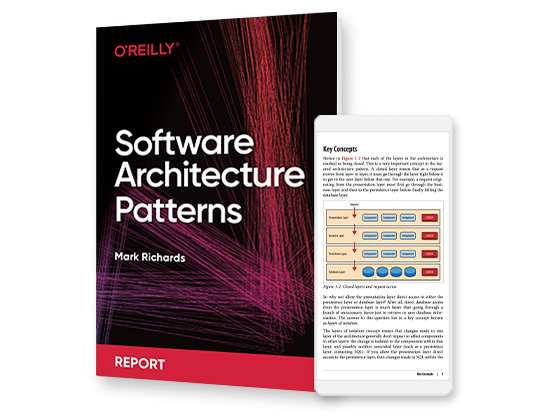Book description
Written by two Google Cloud experts, this book will help you to create a concrete foundation of Cloud Build so that you can define workflows and pipelines as builds in Google Cloud Build
Key Features
- Learn Cloud Build's API and build configuration/schema
- Apply scalability and security best practices for using Cloud Build
- Integrate Cloud Build with external systems critical to workflows
Book Description
When adopting cloud infrastructure, you are often looking to modernize the automation of workflows such as continuous integration and software delivery. Minimizing operational overhead via fully managed solutions such as Cloud Build can be tough. Moreover, learning Cloud Build's API and build schema, scalability, security, and integrating Cloud Build with other external systems can be challenging. This book helps you to overcome these challenges by cementing a Google Cloud Build foundation.
The book starts with an introduction to Google Cloud Build and explains how it brings value via automation. You will then configure the architecture and environment in which builds run while learning how to execute these builds. Next, you will focus on writing and configuring fully featured builds and executing them securely. You will also review Cloud Build's functionality with practical applications and set up a secure delivery pipeline for GKE. Moving ahead, you will learn how to manage safe roll outs of cloud infrastructure with Terraform. Later, you will build a workflow from local source to production in Cloud Run. Finally, you will integrate Cloud Build with external systems while leveraging Cloud Deploy to manage roll outs.
By the end of this book, you'll be able to automate workflows securely by leveraging the principles of Google Cloud Build.
What you will learn
- Get started with Cloud Build the right way
- Define new workflows using the Cloud Build schema
- Implement a secure build and deployment environment for GKE
- Automate serverless workflows for Cloud Run and Cloud Functions
- Integrate Cloud Build with source code management and artifact stores
- Develop a Cloud Build strategy for your organization
Who this book is for
This book is for cloud engineers and DevOps engineers who manage cloud environments and desire to automate workflows in a fully managed, scalable, and secure platform. You are expected to have an understanding of cloud fundamentals, software delivery, and containerization fundamentals to get the most out of this book.
Table of contents
- Cloud Native Automation with Google Cloud Build
- Contributors
- About the authors
- About the reviewers
- Preface
- Part 1: The Fundamentals
- Chapter 1: Introducing Google Cloud Build
- Chapter 2: Configuring Cloud Build Workers
- Chapter 3: Getting Started – Which Build Information Is Available to Me?
- Part 2: Deconstructing a Build
- Chapter 4: Build Configuration and Schema
- Chapter 5: Triggering Builds
- Chapter 6: Managing Environment Security
- Part 3: Practical Applications
- Chapter 7: Automating Deployment with Terraform and Cloud Build
- Chapter 8: Securing Software Delivery to GKE with Cloud Build
- Chapter 9: Automating Serverless with Cloud Build
- Chapter 10: Running Operations for Cloud Build in Production
- Part 4: Looking Forward
- Chapter 11: Looking Forward in Cloud Build
- Index
- Other Books You May Enjoy
Product information
- Title: Cloud Native Automation with Google Cloud Build
- Author(s):
- Release date: October 2022
- Publisher(s): Packt Publishing
- ISBN: 9781801816700
You might also like
book
Building Serverless Applications with Google Cloud Run
Learn how to build a real-world serverless application in the cloud that's reliable, secure, maintainable, and …
book
Google Cloud Platform in Action
Google Cloud Platform in Action teaches you to build and launch applications that scale, leveraging the …
book
Cloud Native Development with Google Cloud
Cloud native development gives you the power to rapidly build, secure, and scale software. But you …
book
Cloud Native with Kubernetes
Harness Kubernetes' extensibility to deploy modern patterns and learn to effectively handle production issues Key Features …

